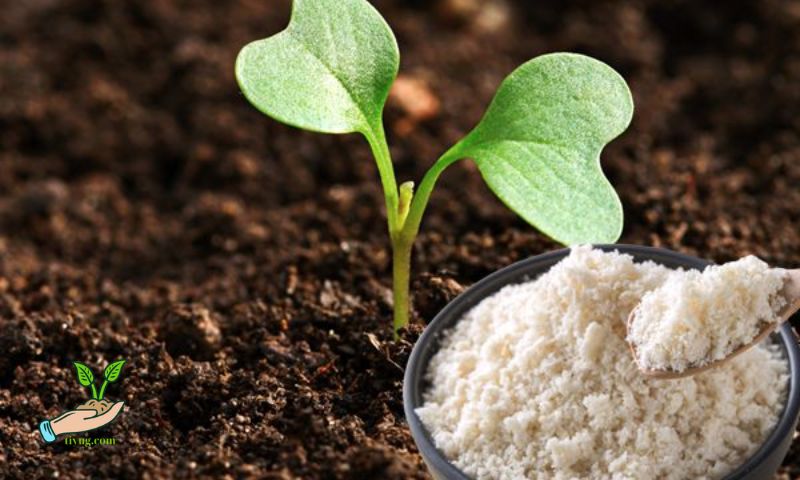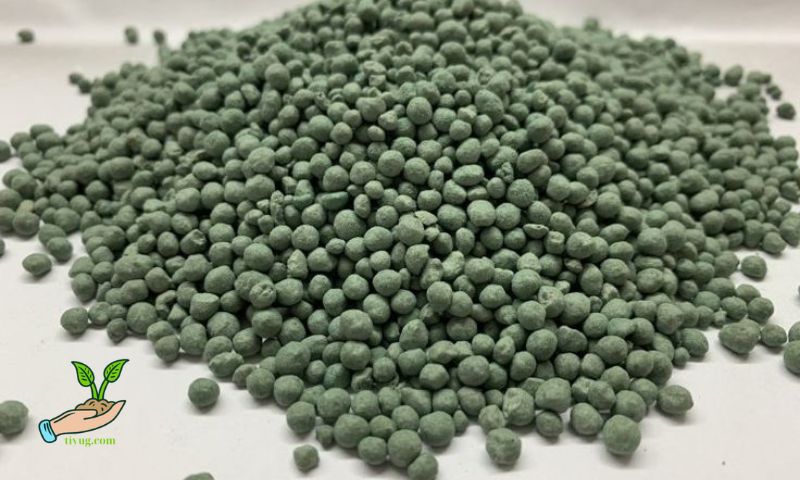Fertilizers play a crucial role in modern agriculture and gardening by providing essential nutrients to plants, enhancing growth, and increasing crop yields. Understanding the effects of fertilizers involves exploring their types, immediate and long-term impacts, effects on plant health, crop yields, and environmental considerations.
Introduction
Fertilizers are substances applied to soil or plants to supplement nutrients essential for plant growth and development. They are integral to agricultural practices worldwide, ensuring optimal plant nutrition and enhancing productivity. This article delves into the diverse effects of fertilizers, from their immediate benefits to long-term implications on soil health and environmental sustainability.
Types of Fertilizers

Fertilizers can be broadly categorized into organic and synthetic types, each with distinct characteristics and benefits. Organic fertilizers, derived from natural sources such as compost, manure, and plant residues, improve soil structure and microbial activity. In contrast, synthetic fertilizers are manufactured and contain concentrated forms of essential nutrients like nitrogen (N), phosphorus (P), and potassium (K), known as NPK fertilizers. These synthetic formulations are favored for their precise nutrient content and rapid availability to plants.
Immediate Effects of Fertilizer
The primary immediate effect of fertilizers is the accelerated growth and vigor of plants. When applied, fertilizers provide readily available nutrients that plants absorb through their root systems. Nitrogen, essential for leaf and stem development, promotes lush foliage and vigorous growth. Phosphorus aids in root growth and flower formation, while potassium enhances overall plant health and disease resistance. These nutrients work synergistically to ensure robust plant growth and improved crop quality.
In addition to nutrient availability, fertilizers contribute to enhanced photosynthesis and energy production within plants. They stimulate chlorophyll production, crucial for capturing sunlight and converting it into chemical energy. This process not only increases plant biomass but also improves nutrient uptake efficiency, maximizing the benefits of fertilizer application.
Long-Term Effects of Fertilizer

Beyond immediate benefits, fertilizers exert profound long-term effects on soil fertility and structure. Continuous application of fertilizers replenishes nutrient-depleted soils, ensuring sustained agricultural productivity. Organic fertilizers, through their gradual decomposition, enhance soil organic matter content and improve soil water-holding capacity. This fosters a favorable environment for beneficial soil microorganisms, promoting nutrient cycling and reducing dependency on external inputs.
However, excessive fertilizer use can lead to soil imbalances and environmental degradation. Over time, continuous application of synthetic fertilizers may alter soil pH, disrupt nutrient cycling, and increase salinity levels, rendering soil less fertile. Sustainable farming practices, including crop rotation and integrated nutrient management, mitigate these risks while maintaining soil health and productivity.
Specific Effects on Plants
Fertilizer application influences plant nutrient status and growth patterns, impacting overall plant health and productivity. Nutrient deficiencies, such as nitrogen deficiency manifesting in stunted growth and yellowing leaves, can be corrected through targeted fertilizer applications. Conversely, over-fertilization can lead to nutrient imbalances, toxicity symptoms, and reduced crop yields.
Optimal fertilizer management is a cornerstone of modern agricultural practices, encompassing meticulous soil testing and nutrient analysis to ascertain the exact fertilizer needs tailored to different crops and soil types. This strategic approach not only optimizes nutrient uptake by plants but also mitigates environmental repercussions while enhancing overall agricultural profitability.
Soil testing forms the foundational step in optimal fertilizer management. It involves analyzing soil samples to determine existing nutrient levels and pH balance. This data informs decisions regarding the types and quantities of fertilizers needed to supplement deficient nutrients effectively. By pinpointing specific nutrient requirements, farmers can avoid over-application, which not only saves costs but also reduces the risk of nutrients leaching into groundwater or runoff into nearby water bodies.
Effects on Crop Yield

The primary goal of fertilizer application is to increase crop yield and quality. By supplying essential nutrients in the right proportions, fertilizers enhance plant growth, flowering, and fruiting processes. Studies have shown that balanced fertilizer applications significantly improve yield quantity and quality, contributing to food security and economic stability in agricultural communities.
Furthermore, fertilizers play a pivotal role in addressing global food demand amidst changing climatic conditions and shrinking arable land. Their strategic use in conjunction with sustainable farming practices boosts agricultural resilience and adaptive capacity, ensuring reliable food production in the face of environmental challenges.
Environmental Considerations
While fertilizers are essential for agricultural productivity, their improper use can have detrimental environmental consequences. Runoff from fields containing excess nutrients, primarily nitrogen and phosphorus, contributes to water pollution and eutrophication in freshwater ecosystems. These nutrient-rich runoff events can trigger algal blooms, deplete oxygen levels in water bodies, and harm aquatic biodiversity.
To mitigate these environmental impacts, farmers are encouraged to adopt precision agriculture techniques and nutrient stewardship practices. These include controlled-release fertilizers, cover cropping, and buffer strips to reduce nutrient runoff and promote sustainable soil management. Government policies and incentives also play a crucial role in promoting responsible fertilizer use and safeguarding water quality.
Conclusion
In conclusion, fertilizers are indispensable tools in modern agriculture, enhancing plant growth, improving crop yields, and ensuring global food security. Understanding the effects of fertilizers—from their immediate benefits on plant nutrition to their long-term impacts on soil health and environmental sustainability—guides farmers and policymakers towards informed decision-making. By adopting integrated nutrient management practices and promoting sustainable agriculture, we can harness the benefits of fertilizers while safeguarding natural resources for future generations.

